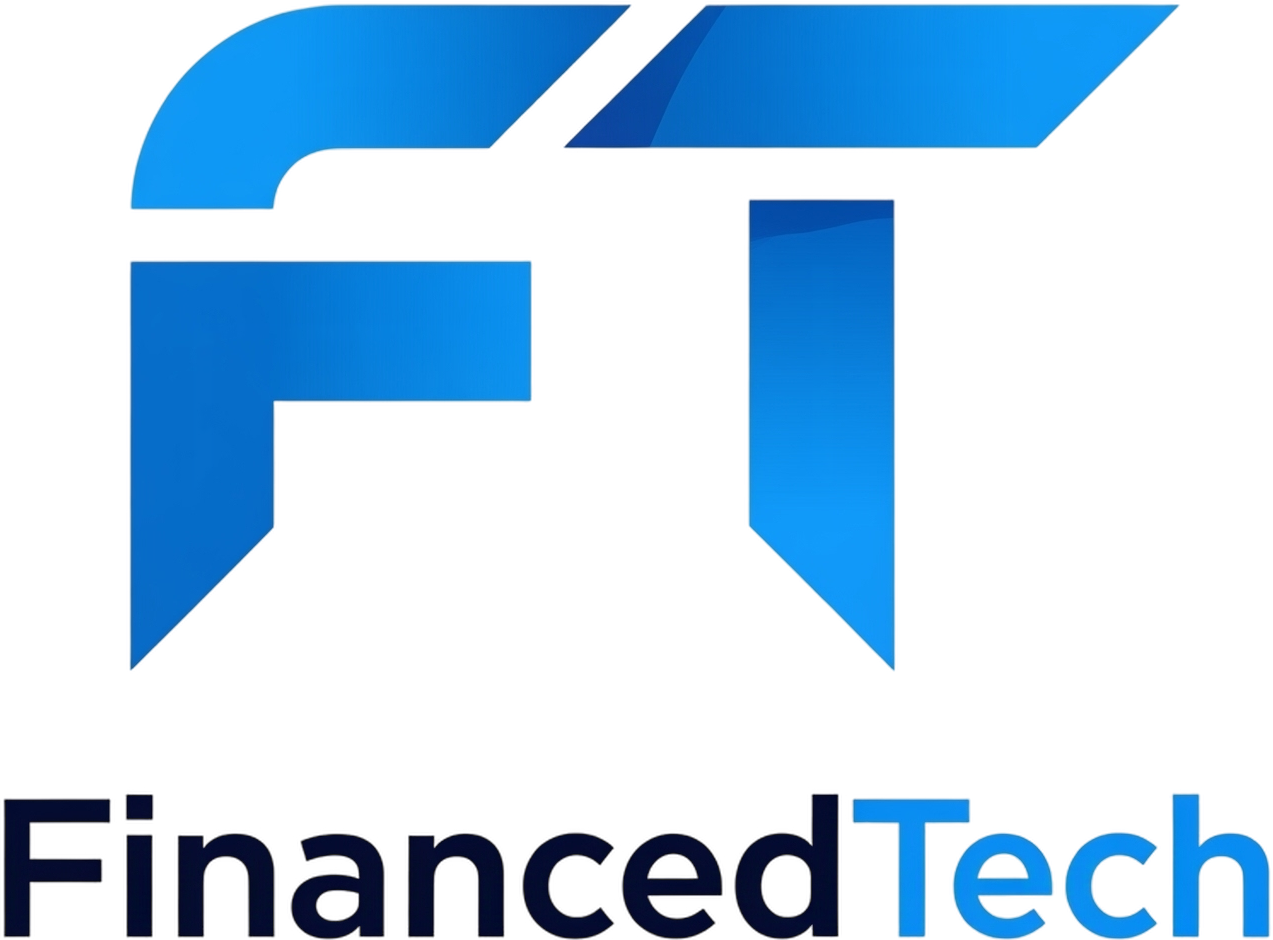In the quest for financial security and prosperity, countless methodologies promise to guide us to our goals. Yet, with so many paths to choose from, determining the “best” approach can feel overwhelming. This article delves into four prominent financial planning frameworks: Dave Ramsey’s Baby Steps, The Money Guy’s Financial Order of Operations (FOO), The Personal Finance Podcast’s 1-3-6 Method, and How To Money’s Money Gears. While all share the common objective of improving financial health, each offers a distinct philosophy on prioritization, debt management, and wealth accumulation. By examining the unique pros and cons of each, we aim to provide clarity, helping you identify which blueprint might best align with your personal circumstances, risk tolerance, and financial aspirations.
Dave Ramsey’s Baby Steps

Dave Ramsey’s Baby Steps are a seven-stage, sequential plan designed to guide individuals and families toward financial freedom and wealth building. Beginning with establishing a small emergency fund, the core of the method emphasizes aggressively paying off all non-mortgage debt using the “debt snowball” approach. Once debt-free, the focus shifts to building a robust emergency fund, investing for retirement, saving for college, paying off the home early, and ultimately, building substantial wealth and practicing generosity. The method prioritizes behavioral change and debt elimination as key pillars for achieving financial peace.
Step 1 – Save $1000 As A Starter Emergency Fund
Step 2 – Pay Off All Debt Except For Mortgage
Step 3 – Save 3-6 Months Expenses As A Fully Funded Emergency Fund
Step 4 – Invest 15% Of Household Income For Retirement
Step 5 – Save For Children’s College Fund
Step 6 – Pay Off Home Early
Step 7 – Build Wealth And Give
Pros
Cons
Money Guy Financial Order of Operations (FOO)

The Money Guy’s Financial Order of Operations (FOO) is a nine-step method designed to optimize every dollar you earn, guiding you on where to allocate your next dollar. Unlike some other financial plans that prioritize debt repayment above all else, the FOO emphasizes maximizing tax-advantaged investment opportunities and securing a solid financial foundation before tackling low-interest debt. It’s built on the principle of making your money work as efficiently as possible, aiming for “financial independence” and “hyperaccumulation” of wealth.
Step 1 – Deductibles Covered
Step 2 – Get Employer Match
Step 3 – Pay Off High-Interest Debt
Step 4 – Build Up 3-6 Month Emergency Fund
Step 5 – Max Out Roth IRA And HSA (If Available)
Step 6 – Max Out Employer-Sponsored Retirement Plans (401k, 457, Etc.)
Step 7 – Hyperaccumulation (Invest 25%+)
Step 8 – Prepay Future Expenses (529, Weddings, Etc.)
Step 9 – Prepay Low-Interest Debt
Pros
Cons
The Personal Finance Podcast (MasterMoney.Co) 1-3-6 Method

The 1-3-6 Method from The Personal Finance Podcast (MasterMoney.Co) is a staged approach to personal finance that prioritizes building emergency savings in increments while strategically tackling high-interest debt and maximizing tax-advantaged investments. It aims to strike a balance between financial security (emergency funds), debt elimination, and long-term wealth accumulation. The method is designed to provide achievable milestones that build confidence and progressively strengthen one’s financial position.
Step 1 – 1 Month of Expenses Saved (Starter Emergency Fund)
Step 2 – Pay Down High-Interest Debt
Step 3 – 3 Months of Expenses Saved
Step 4 – Invest In Tax Advantaged Accounts (401k, HSA, Roth IRA)
Step 5 – 6 Months of Expenses Saved
Step 6 – Save for Future Expenses or Retirement Aggressively
Pros
Cons
How To Money’s Money Gears

How To Money’s “Money Gears” is a financial roadmap designed to guide individuals through key money management milestones. It emphasizes building foundational security with an initial emergency fund with a value based on economic studies (adjusted for inflation), followed by leveraging “free money” from employer matches and aggressively tackling high-interest debt. Once these crucial steps are in place, the plan moves towards fully funding an emergency reserve, maximizing tax-advantaged retirement investments, and then systematically paying off lower-interest debt, before finally transitioning to a phase of pursuing larger, personalized financial goals. The “gears” analogy suggests a progressive build-up of financial momentum.
Step 1 – Save $3,045 for a Basic Emergency Fund
Step 2 – Get Company 401k Match
Step 3 – Pay Off High Interest Debt
Step 4 – Fully Fund Emergency Fund
Step 5 – Invest in Tax-Advantaged Retirement Accounts
Step 6 – Pay Off Lower Interest Debt
Step 7 – Pursue Bigger Money Goals
Pros
Cons
As we’ve explored, each of these financial planning methods offers a compelling yet distinct approach to managing your money. Whether you prioritize aggressive debt elimination, optimized investment sequencing, incremental emergency fund growth, or a balanced, progressive build-up, a suitable framework exists. The “best” plan isn’t universal; it’s the one you understand, can consistently follow, and that resonates with your personal values and financial temperament. Ultimately, the power lies not in choosing a single, perfect plan but in understanding the core principles these methods share and adapting them to craft a strategy that propels you toward your unique vision of financial independence.

